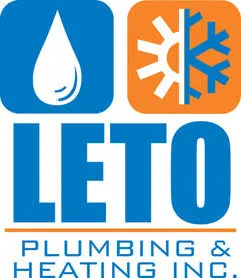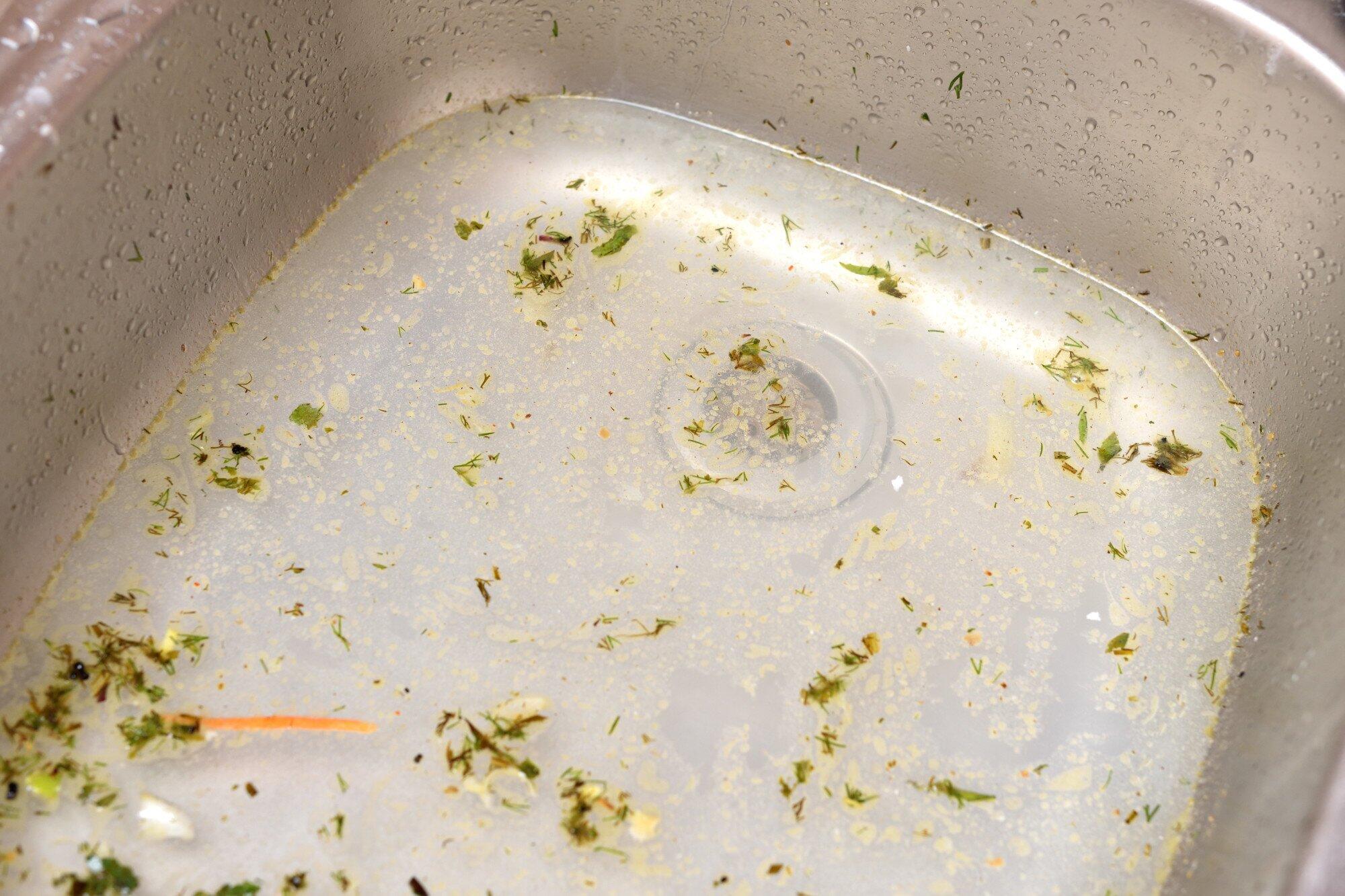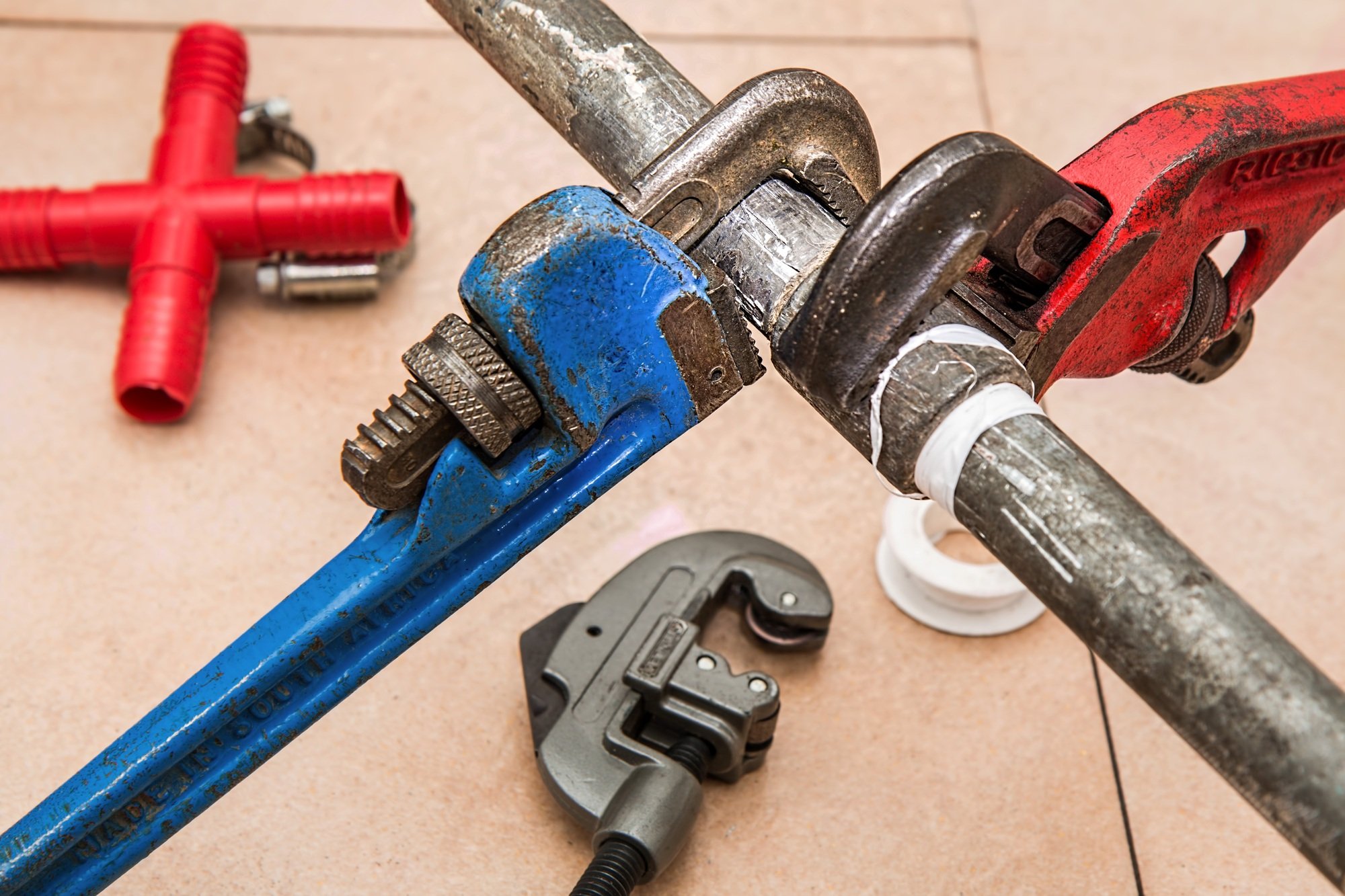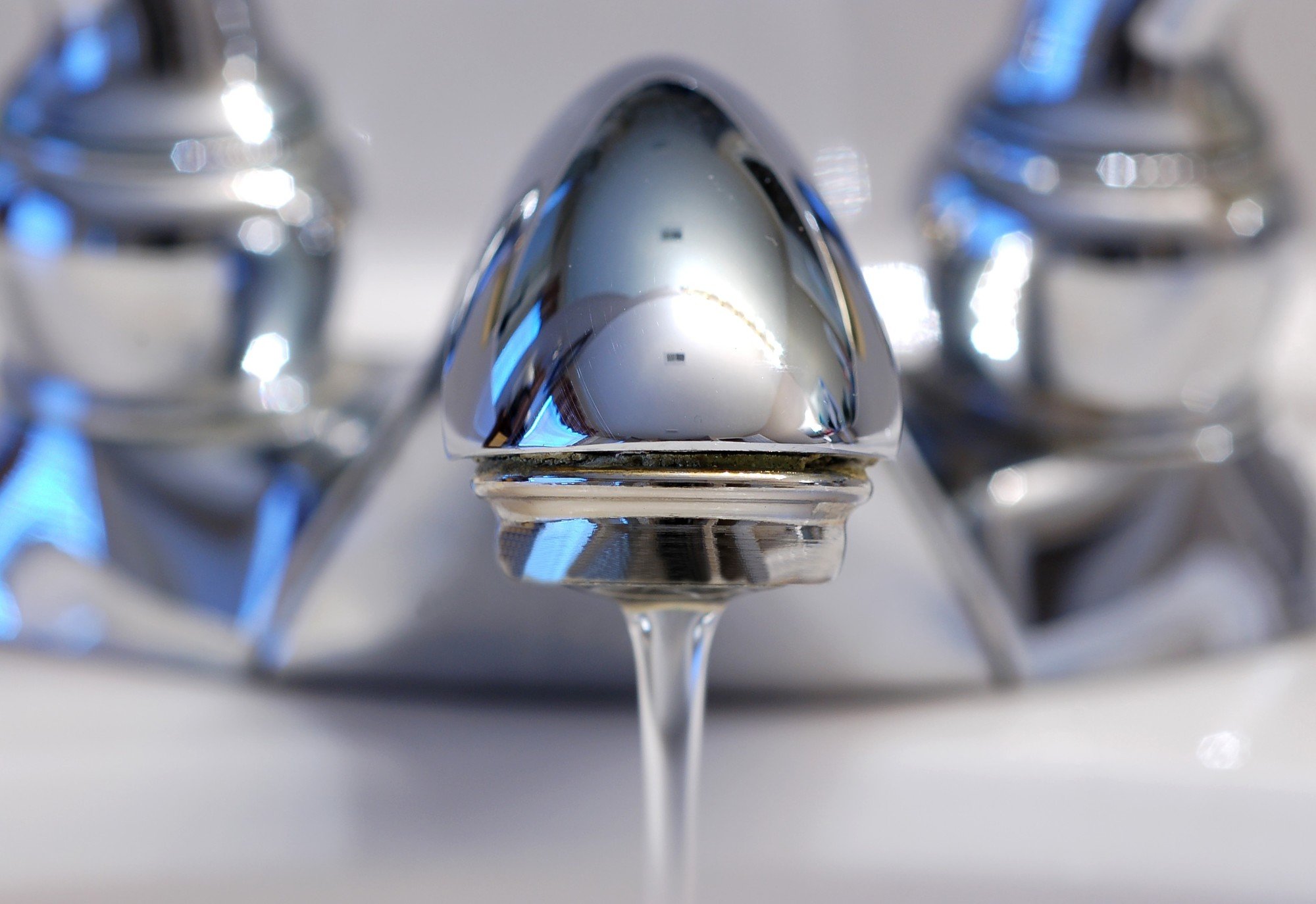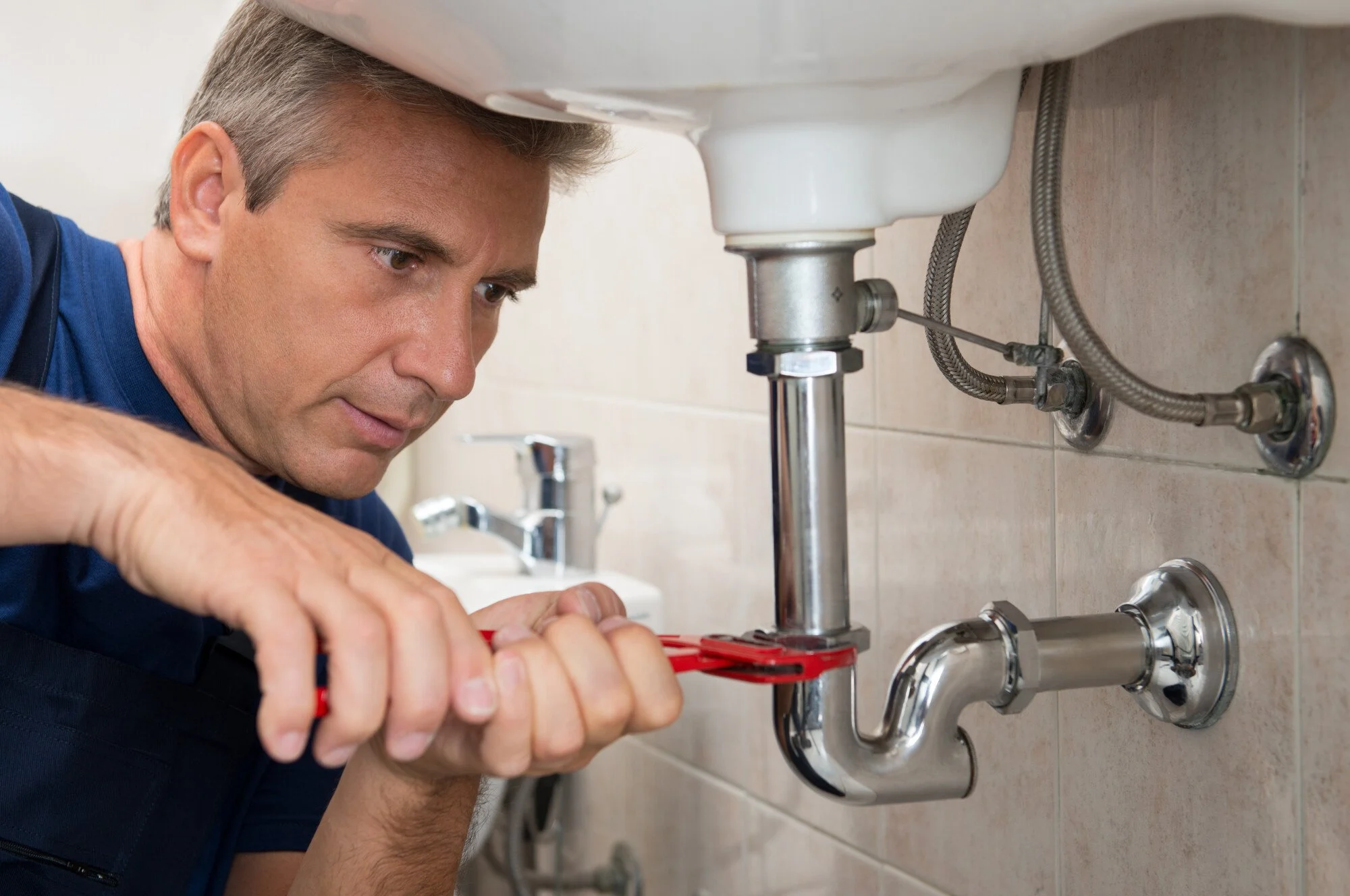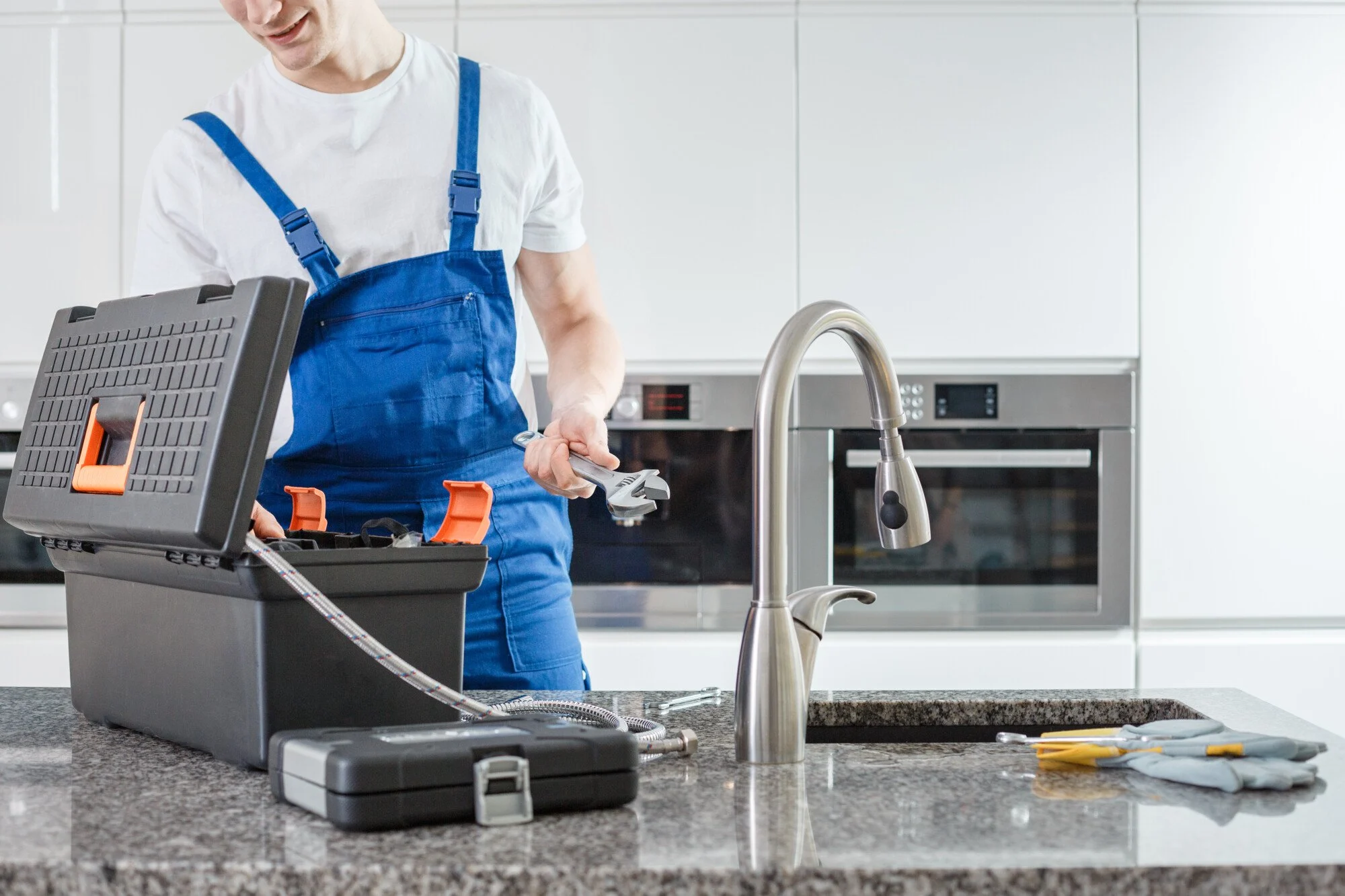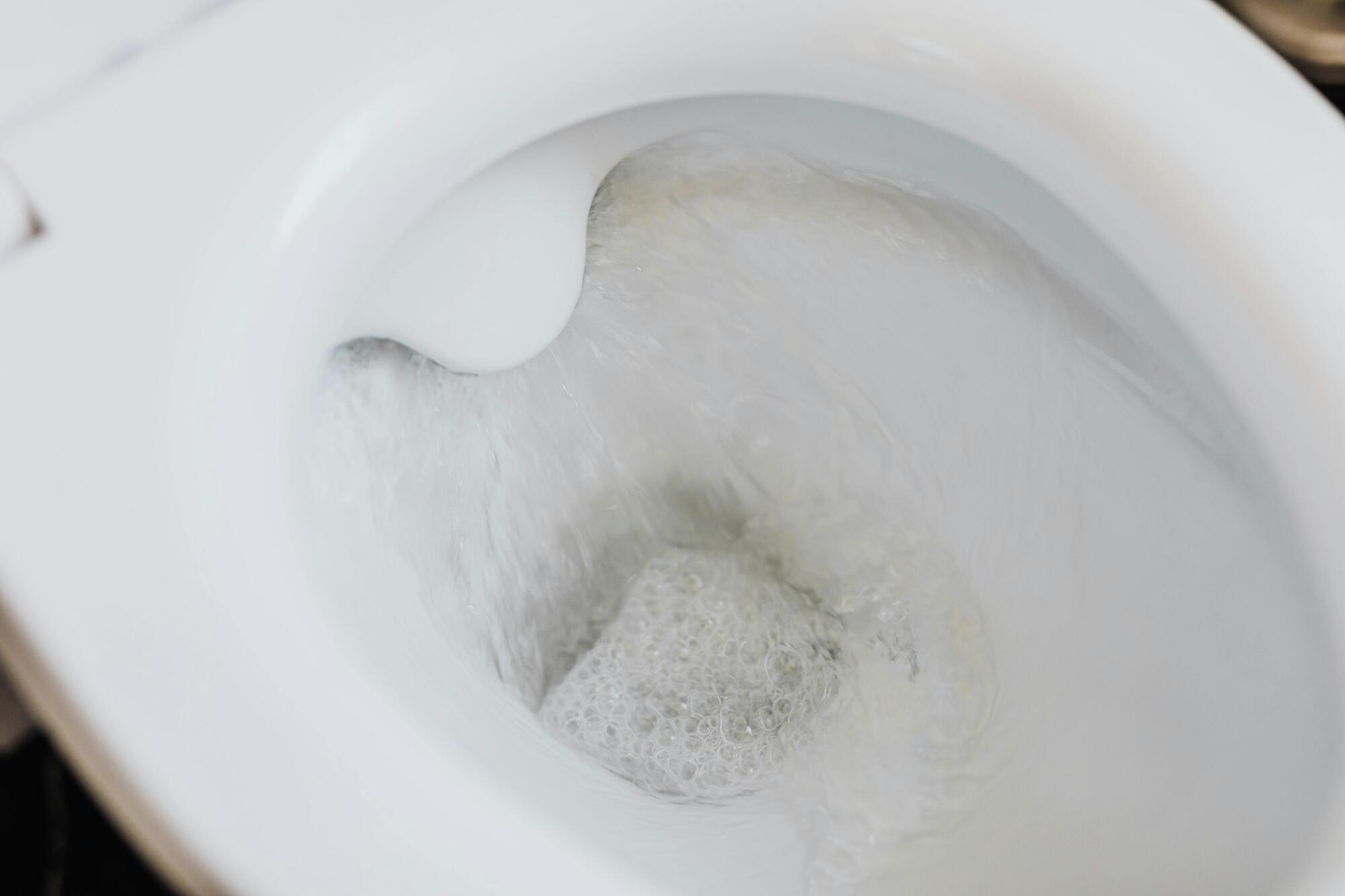
Is your toilet making constant noise? Do you find yourself jiggling the handle or watching your water bill rise? You’re not alone!
A running toilet is a common issue, and if left unchecked, it can lead to plumbing leaks and higher water costs. Ignoring this problem wastes water and can also damage your plumbing system over time.
If you are struggling with leaks, we have you covered. Use this toilet repair guide to identify common toilet issues and maintain your toilet. Understanding the root causes of a running toilet can save you from unexpected repairs and rising water bills.
Keep reading to explore why your toilet keeps running and how you can fix it. With these Plainfield, IL plumbing tips, you’ll be well-equipped to tackle these toilet troubles.
Faulty Flapper
This rubber seal directs the water flow from the tank to the bowl. Over time, it can wear out or become misaligned, causing water to leak continuously.
Float Problems
The float controls the tank’s water level. If it’s set too high, water will flow into the overflow tube, triggering the toilet to keep running. On the other hand, if it’s set too low, the toilet might not flush properly.
Chain Issues
The chain joins the flush handle to the flapper. If it’s too long or too short, it can keep the flapper from sealing properly.
Worn Out Fill Valve
The fill valve regulates water entering the tank. If it’s worn out or damaged, it can cause the toilet to run.
Sediment Buildup
Hard water may lead to mineral deposit build-up in the fill valve or other parts. This can lead to malfunctions and leaks.
How to Fix a Running Toilet
Fixing a running toilet is mostly a straightforward task. Here are the basic steps to follow when attempting to fix it yourself:
Check the Flapper
The flapper is often the culprit in running toilets. Here’s how to inspect and replace it if needed:
- Locate the shut-off valve behind the toilet and turn it off
- Take off the toilet tank lid and place it somewhere safe
- Check if the flapper is warped or damaged
- Disconnect the old flapper and install a new one
- Ensure it’s properly aligned and seated
Adjust the Float
If the float is causing issues, you can easily adjust it. Follow these steps to make the adjustments:
- Locate the float, depending on your toilet model, it may be a ball float or a cylinder float
- For ball floats, bend the arm gently to lower the water level
- For cylinder floats, use the adjustment screw or clip to set the correct height
- Flush the toilet and check if the water stops at the appropriate level
Fix the Chain
The chain should have a slight slack. Try this to fix the chain:
- Ensure the chain is not too tight or too loose
- Adjust it so the flapper can close fully without any problems
- If the chain is tangled or broken, reattach or replace it
4. Replace the Fill Valve
A faulty fill valve can be replaced with a new one. Here is a quick way of doing that:
- Turn off the toilet’s water supply
- Empty the tank by flushing the toilet
- Unscrew the locknut and remove the old fill valve
- Follow the manufacturer’s instructions and install the new valve
- Ensure all connections are tight
Preventing Future Plumbing Leaks
Regular maintenance can prevent plumbing leaks and keep your toilet in good condition. Here are some tips to get you started.
Periodically check the toilet’s internal components for wear and tear. Mineral deposits and sediment can form inside the toilet tank over time. Clean the tank regularly to prevent these deposits from causing problems.
If you have hard water, a water softener can help lessen sediment buildup. Do not use harsh chemicals to clean your toilet as they can harm the internal components and lead to leaks. Instead, use gentle cleaners or a mix of baking soda and vinegar for cleaning.
Regularly inspect around the toilet base and behind the tank for any signs of leaks. Investigate immediately if you hear water running when the toilet is unused.
Add a small amount of food coloring to the tank and wait 15-20 minutes. If the color shows up in the bowl, without having flushed it, there is a leak that needs to be fixed.
Ensure the water level in the tank is set correctly. If the water level is too high, it can cause the toilet to run. Adjust the float to maintain the proper water level, usually about an inch below the overflow tube.
Use the toilet to only dispose of human waste and toilet paper. Flushing other items, like feminine hygiene products, paper towels, or wipes can cause clogs and damage the plumbing system.
When replacing toilet parts, use high-quality, durable components. Cheap or poorly made parts can wear out quickly, leading to more frequent issues.
When to Call Local Plumbing Experts
Recognizing when to call a plumber will save you money and prevent more problems down the line. If you experience any of the following, it’s time to contact a local plumbing expert:
- Persistent running water despite DIY efforts
- Unidentified leaks
- Multiple toilet issues
- Signs of structural damage
- Lack of DIY experience or comfort
Local plumbing experts in Plainfield, IL, can diagnose and repair more severe issues, saving you money and hassle. They also provide emergency services for when you need immediate help.
Prevent Plumbing Leaks
Plumbing leaks can lead to water waste and higher bills. You can prevent bigger issues by understanding the common causes and knowing how to fix them. Sometimes, the problem might be more complex than a simple DIY fix, and it might be time to call the professionals.
Don’t let plumbing leaks and running toilets disrupt your home. Leto Plumbing & Heating is your one-stop plumbing and HVAC shop in Plainfield, IL, where you can get expert advice and solutions. We are BBB-accredited and pride ourselves on delivering the highest-quality service in the area, contact us today for a free estimate.
